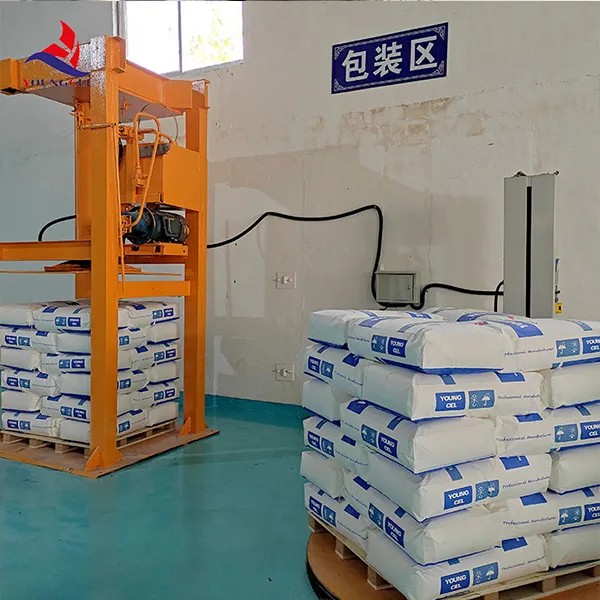Understanding Cellulose Ether RDP A Comprehensive Overview
Cellulose ethers are derivatives of cellulose, a natural polymer found in the cell walls of plants. Modified through chemical processes, cellulose ethers exhibit unique properties that make them valuable in various industrial applications. Among these cellulose ethers, Redispersible Powder (RDP) is particularly noteworthy for its versatility and utility in construction and other industries.
What is RDP?
Redispersible Powder (RDP) is a type of cellulose ether made by drying polymer emulsions into a fine powder. Once mixed with water, RDP rehydrates and redistributes, forming a stable, viscous solution that can be used in various formulations. This characteristic makes RDP particularly useful in applications where the ease of handling and mixing of powders is crucial.
Key Properties of Cellulose Ether RDP
One of the most significant attributes of RDP is its ability to improve the workability and performance of cement-based materials. It enhances adhesion, flexibility, and water retention in formulations. These qualities are critical in construction applications, such as tile adhesives, rendering mortars, and self-leveling compounds. RDP helps to ensure a smooth application, allowing for better finish quality and durability of the surface.
Another important property is the ability of RDP to create a film that influences the thickness and tensile strength of the application. This film-forming ability contributes to the overall performance of construction materials by providing a barrier that helps in resisting environmental factors such as moisture and temperature fluctuations.
Applications of Cellulose Ether RDP
cellulose ether rdp

Cellulose ether RDP finds applications in several industries, with the construction industry being one of the most significant. In tile adhesives, RDP enhances the adhesion of tiles to surfaces, allowing for better performance under various conditions, such as wet environments. It also improves the workability of the adhesive, making it easier for applicators to achieve a smooth finish.
In plaster and rendering applications, RDP acts as a water-retention agent, ensuring that the material remains workable for longer periods. This property is particularly advantageous during warmer weather, where evaporation rates can be high. By retaining moisture, RDP allows for proper curing, reducing the risk of cracking and ensuring a durable finish.
In addition to construction, RDP is also used in paints and coatings to enhance their performance. It improves the adhesion of paints to surfaces and increases the thickness of the applied layer, helping to achieve a more uniform finish.
Environmental Considerations
In today’s market, there is an increasing demand for sustainable and eco-friendly products. Cellulose ether RDP is derived from natural sources, making it a more sustainable choice compared to synthetic alternatives. Moreover, its ability to improve the longevity and performance of construction components can lead to reduced material waste and a lower environmental footprint.
Conclusion
Cellulose ether RDP is a remarkable material that plays a vital role in modern construction and manufacturing practices. Its unique properties, including water retention, adhesion enhancement, and film-forming capabilities, make it indispensable for creating high-performance products. As the industry continues to evolve towards more sustainable practices, the role of cellulose ether RDP is likely to grow, paving the way for innovative solutions that meet both performance and environmental standards. Whether in adhesive formulations, coatings, or other applications, cellulose ether RDP is poised to be at the forefront of material science, showcasing the power of natural polymers in industrial advancements.






